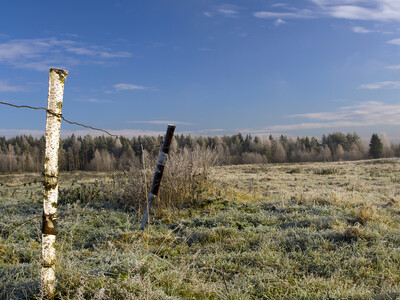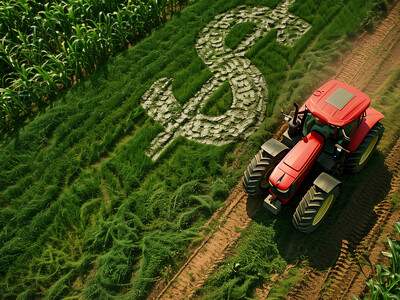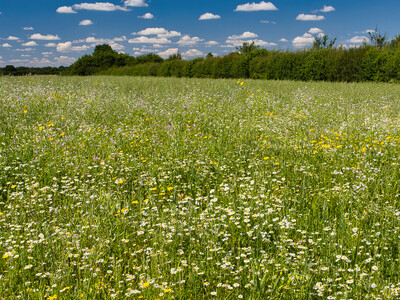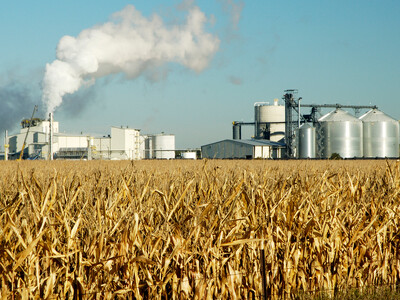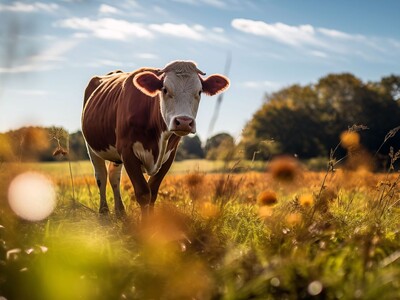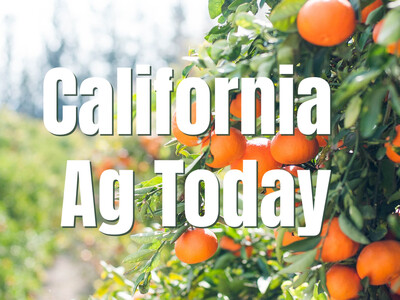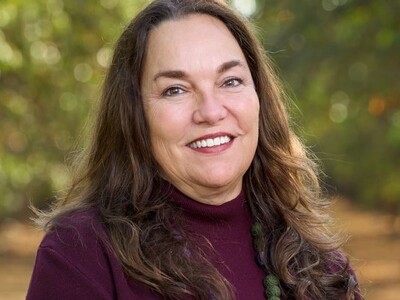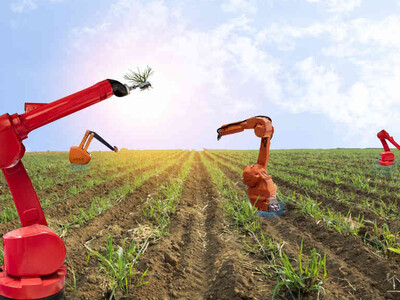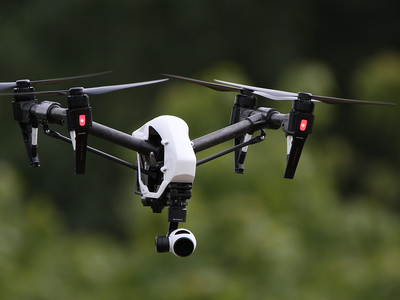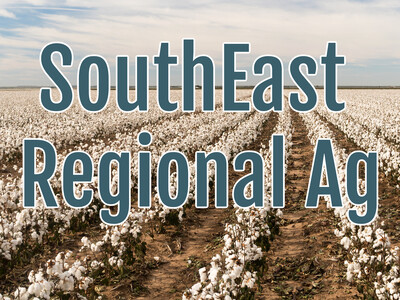More On No-Till Farming
More On No-Till. I’m Greg Martin with today’s Line On Agriculture.
It’s called no-till because obviously you skip that step in the farming process which leaves a good deal of organic matter on top of the ground, corn stalks, wheat stubble and more that is usually plowed under. David Huggins is a USDA-ARS Soil Scientist out of Pullman, WA.
HUGGINS: We found that the residues were able to capture snow. The soil/water recharge when we went and checked it out in the spring after the winter we found that there was upwards of 2 inches more stored water in the ridge top positions and about an inch or so on south slopes and those are areas that are prone to drought basically.
Yields would be limited by the amount of water in the soil.
HUGGINS: So even though in average we get out 22 inches of precipitation it doesn’t equate into that much recharge uniformly across our fields. It tends to get redistributed or distributed differently and snow is one of those processes that tends to redistribute where the water actually ends up. And by having those standing residues we were able to get more uniform soil water storage and that translates into higher yield potential on some of these ridge top and south slopes that are normally pretty droughty.
There does seem to be quite a bit of controversy when it comes to the no-till process.
HUGGINS: I think there’s a couple of good reasons, growers tend to risk adverse. That’s why many of the are still in business. From that standpoint no-till has had some pretty good bumps along the way here and farmers in communities have long memories concerning those bumps. You can go back to the 70’s and 80’s when we were first trying out no-till and we ran into some really big disasters because we just weren’t knowledgeable about how to do this and what some of the risks were.
One of those risks were diseases they were not aware of.
HUGGINS: Also we needed to manage our fertilizer differently and that’s where some of the banding of fertilizer came in pretty strongly in the early 80’s that actually had to be coupled with no-till in order to get better nutrition to our crops particularly when going through all these residues so from that standpoint there was some really serious scientific discoveries that needed to take place.
Tomorrow Huggins discusses the “green bridge.”
That’s today’s Line On Agriculture. I’m Greg Martin on the Ag Information Network.




